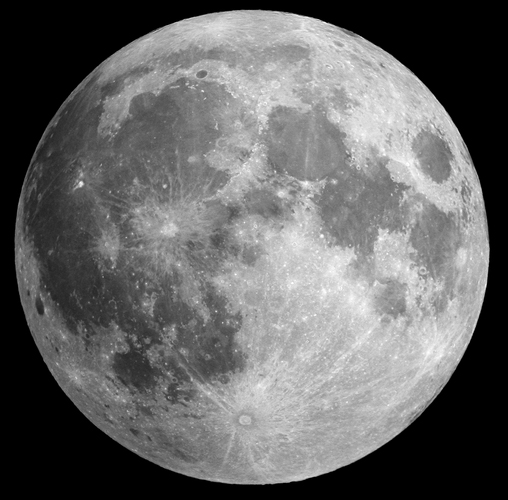
NASA is turning to nuclear power will keep the lights on in tomorrow’s Moon bases. The space agency has awarded US$15 million in contracts to three preliminary designs for 40-kW nuclear fission reactors to be tested on the lunar surface by 2030.
If NASA is to achieve its goal of a permanent human presence on the Moon and a crewed mission to Mars, providing power is a critical issue.
The problem with setting up a Moon base is that it’s extremely expensive to send equipment to the lunar surface, with the going rate estimated at US$100,000 per pound.
Worse, the base would have to endure 14 days of sunlight, where the temperature out of the shade reaches 250 °F and 14 days of night, where it plunges to -208 °F. This effectively puts solar power out of the running because of the necessity to heat the base and its equipment regularly for a fortnight of darkness and cold.
These, and other limitations, means that the most practical option is a very compact power source that is relatively lightweight and uses a fuel with an extremely high energy density.
Nuclear power has been used in space since the 1960s, with the USSR even placing full-blown reactors in Earth orbit to power radar satellites and the Apollo missions leaving behind instrument packages on the Moon powered by radioactive isotopes.
For the Artemis program, a much more advanced nuclear system that is modular, scalable, and can operate for up to a decade is required.
Awarded in concert with the US Department of Energy’s Idaho National Laboratory, the Fission Surface Power project contracts were granted to Lockheed Martin, Westinghouse, and IX, plus their partner companies, to develop initial designs for the lunar fission reactors.
The technology will be used to advance nuclear rocket designs for use in cislunar and deep space.
“The Fission Surface Power project is a very achievable first step toward the United States establishing nuclear power on the Moon,” said Idaho National Laboratory Director John Wagner.
